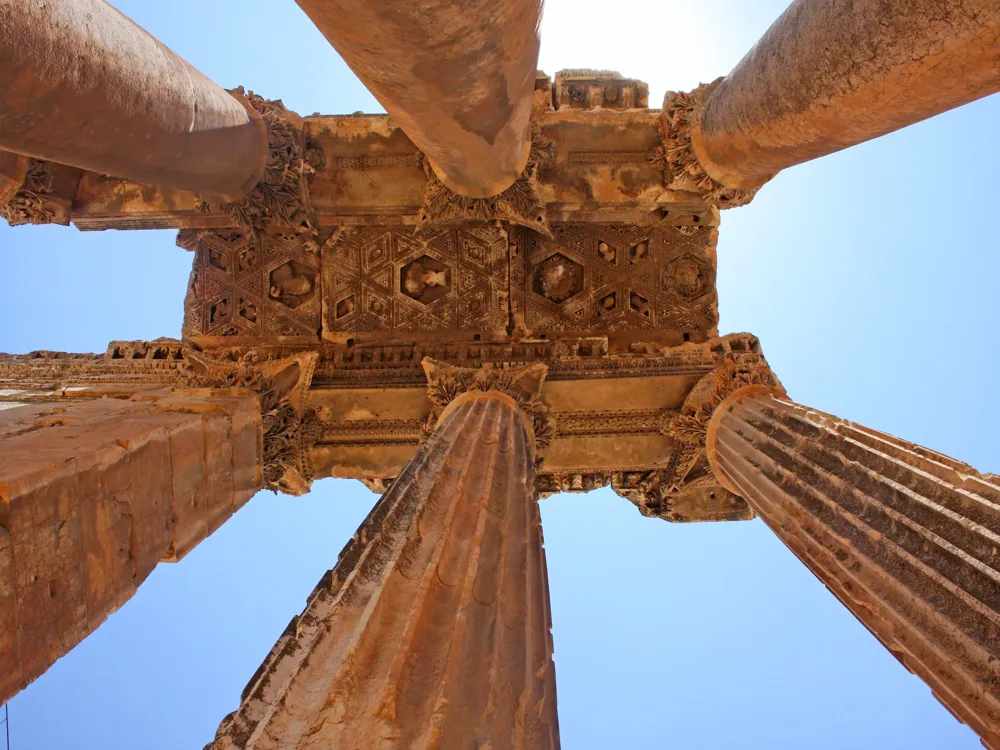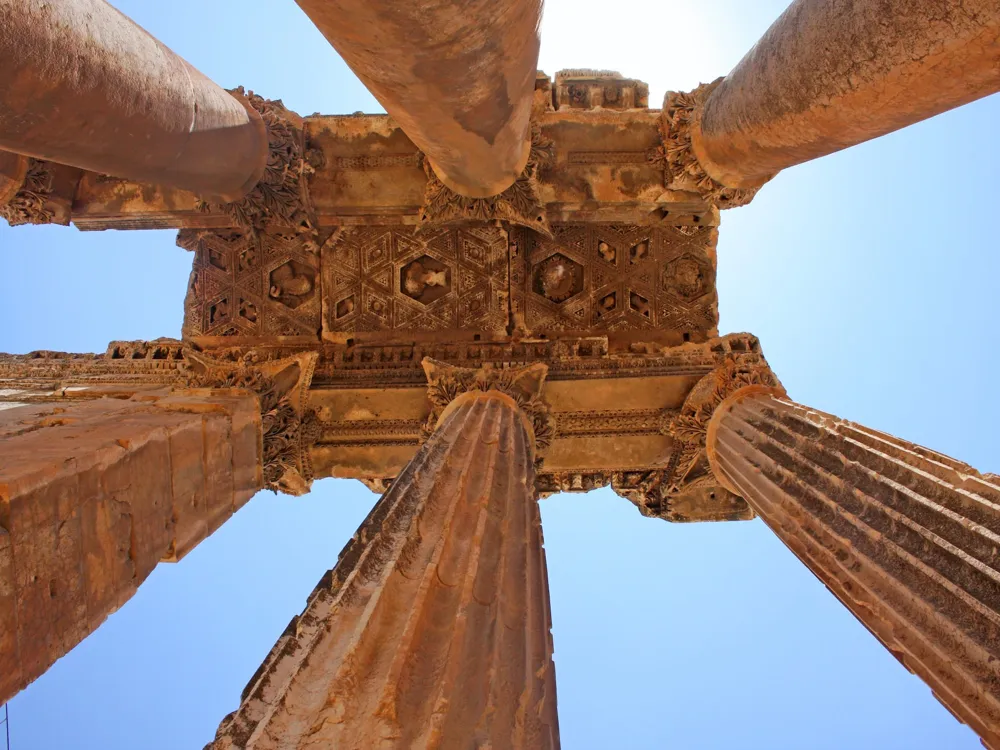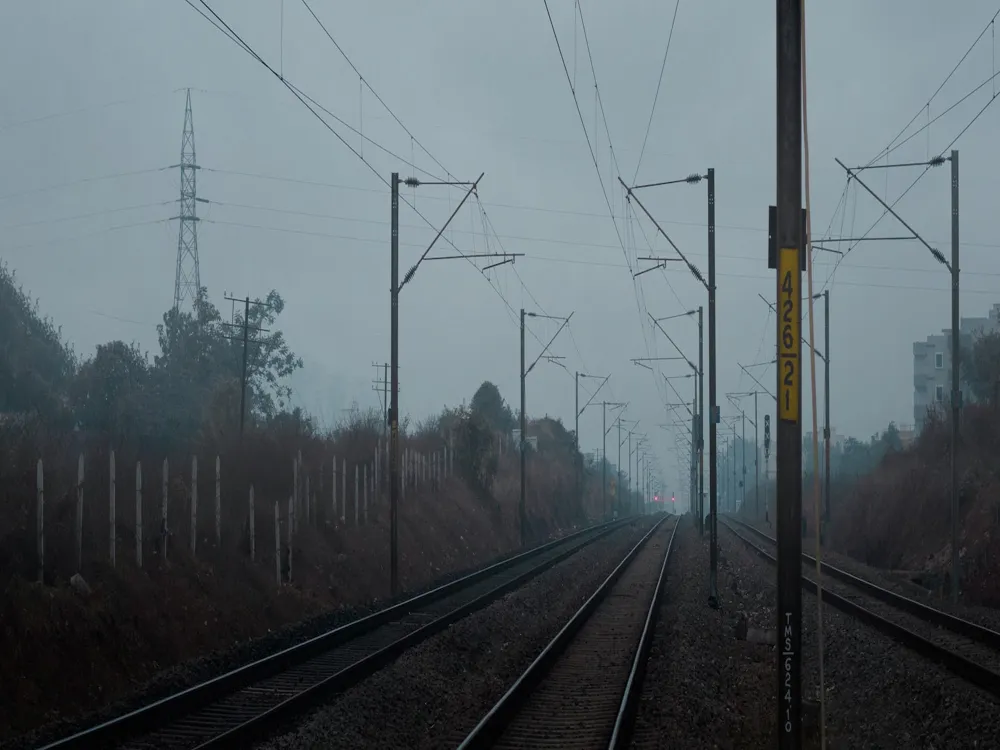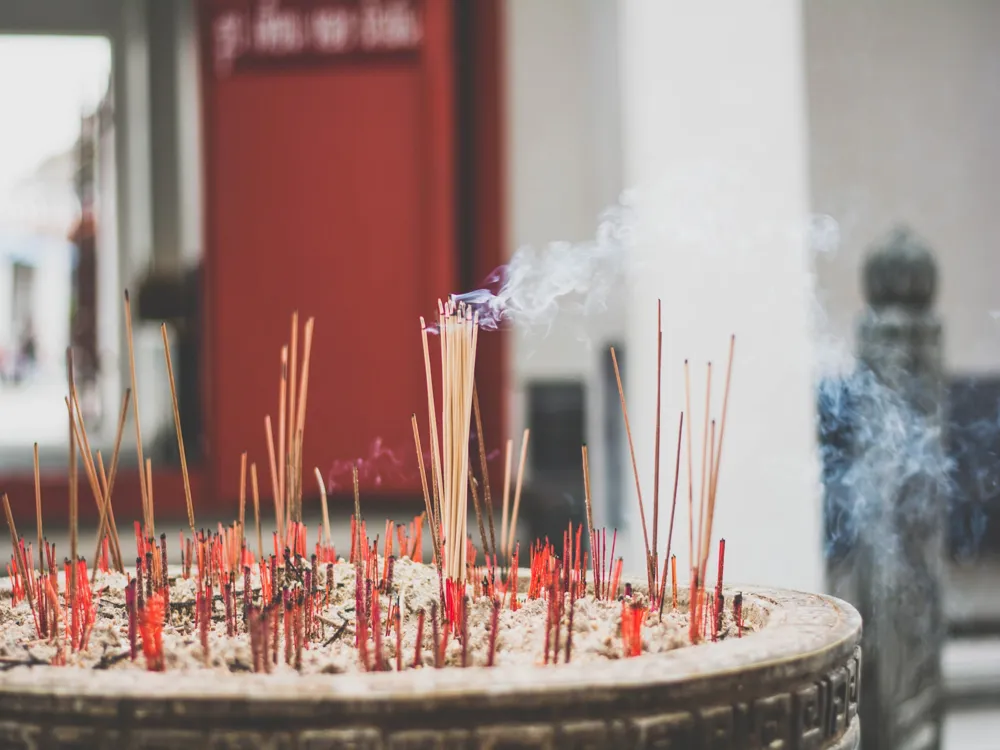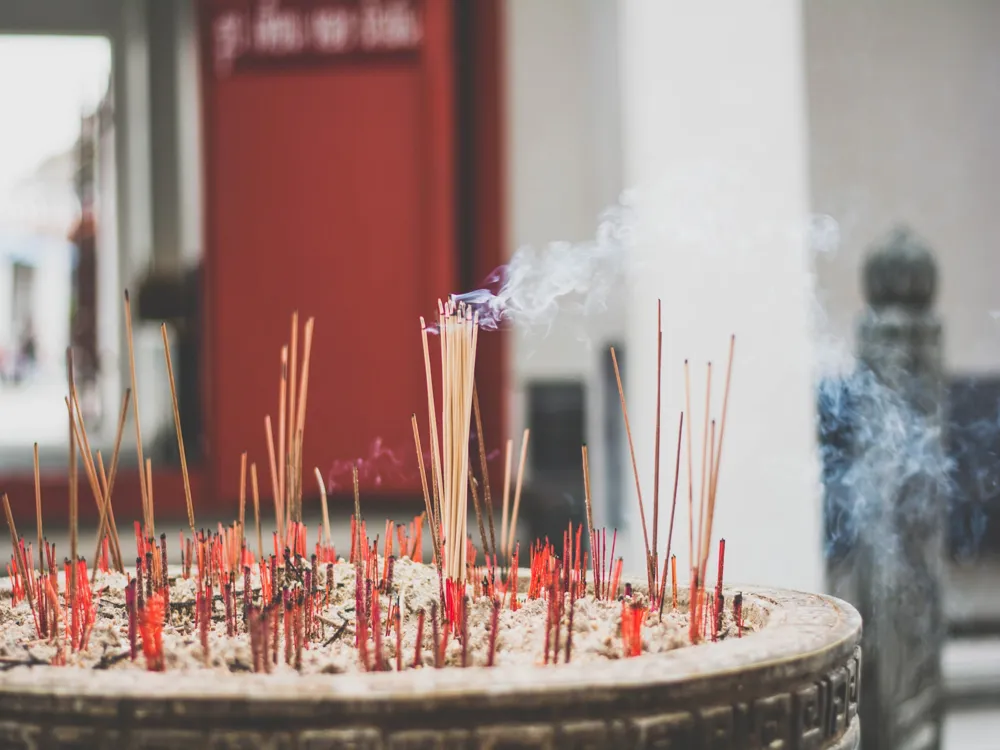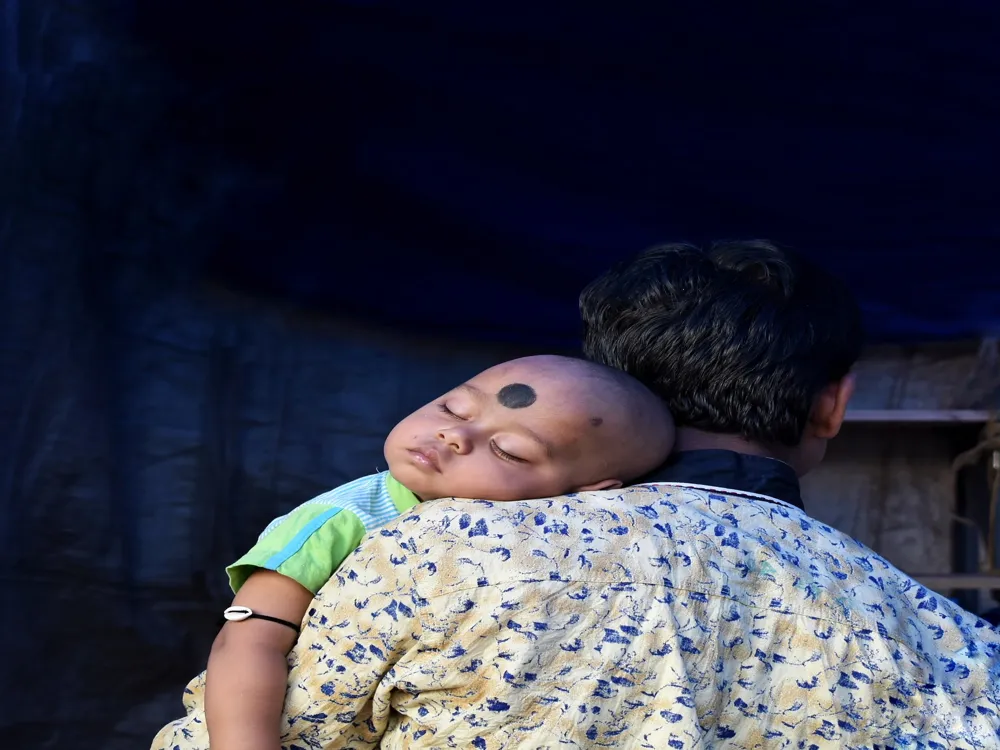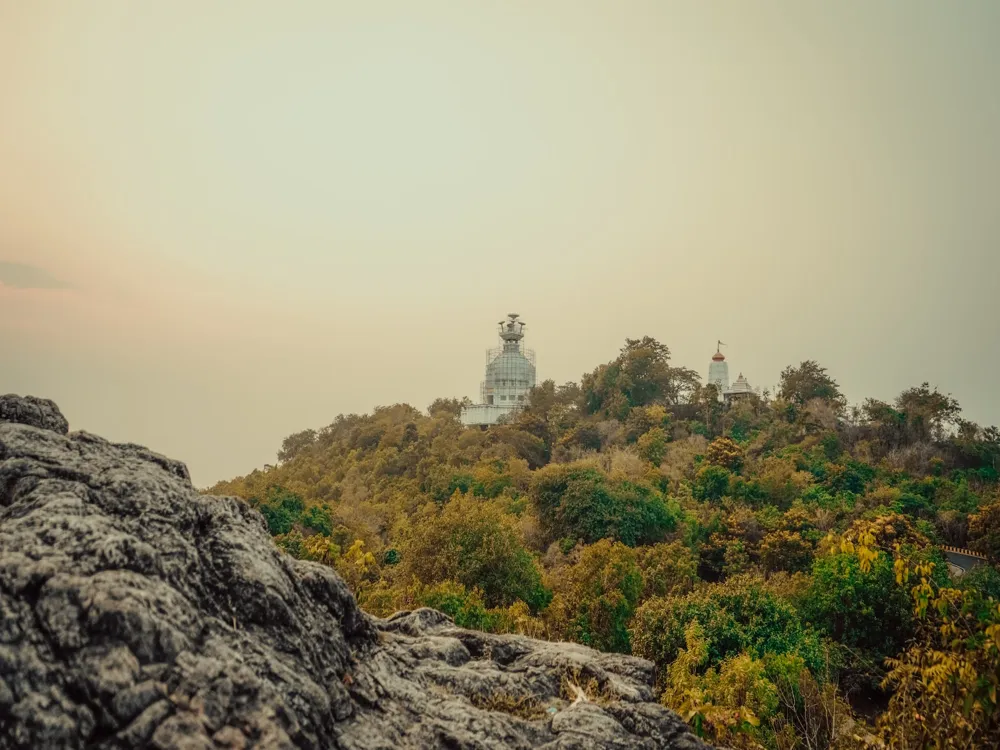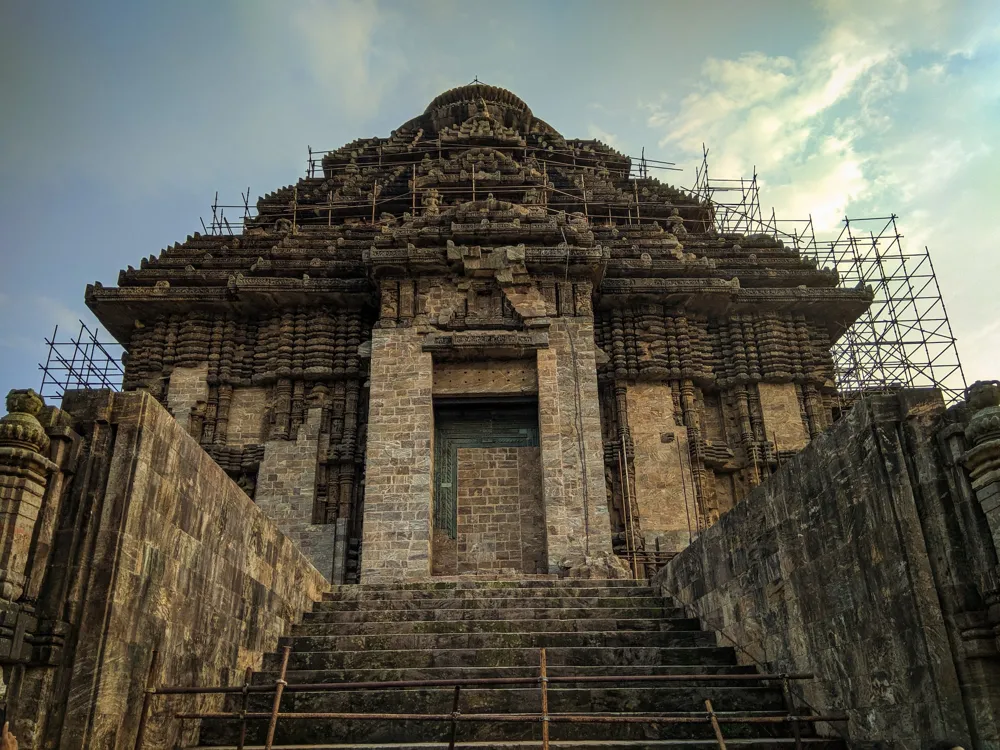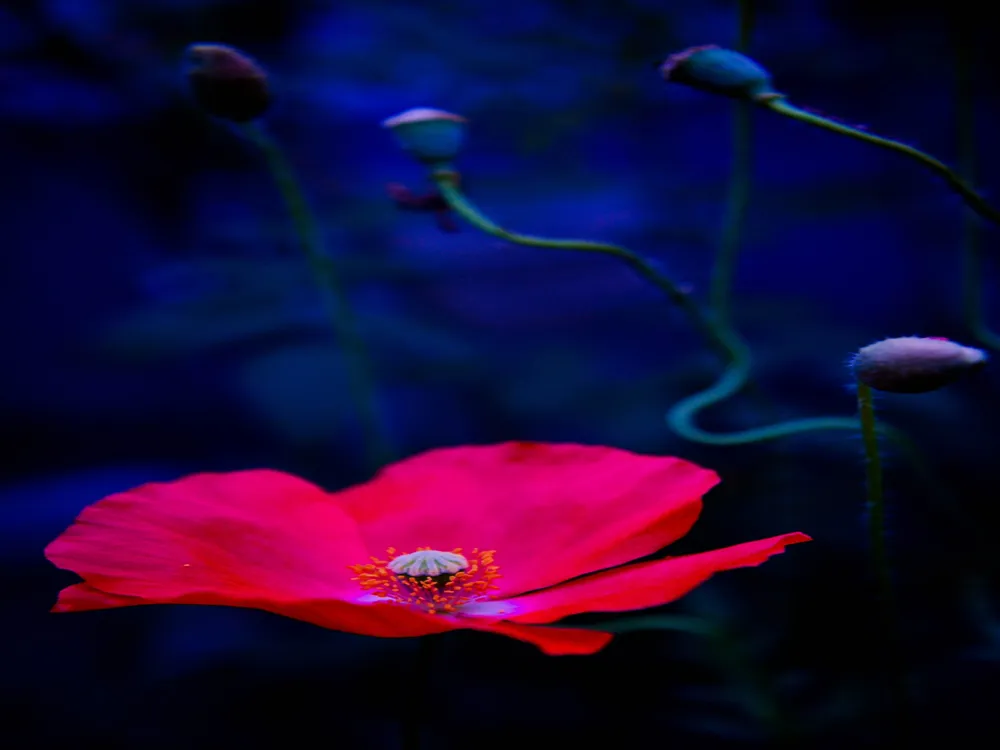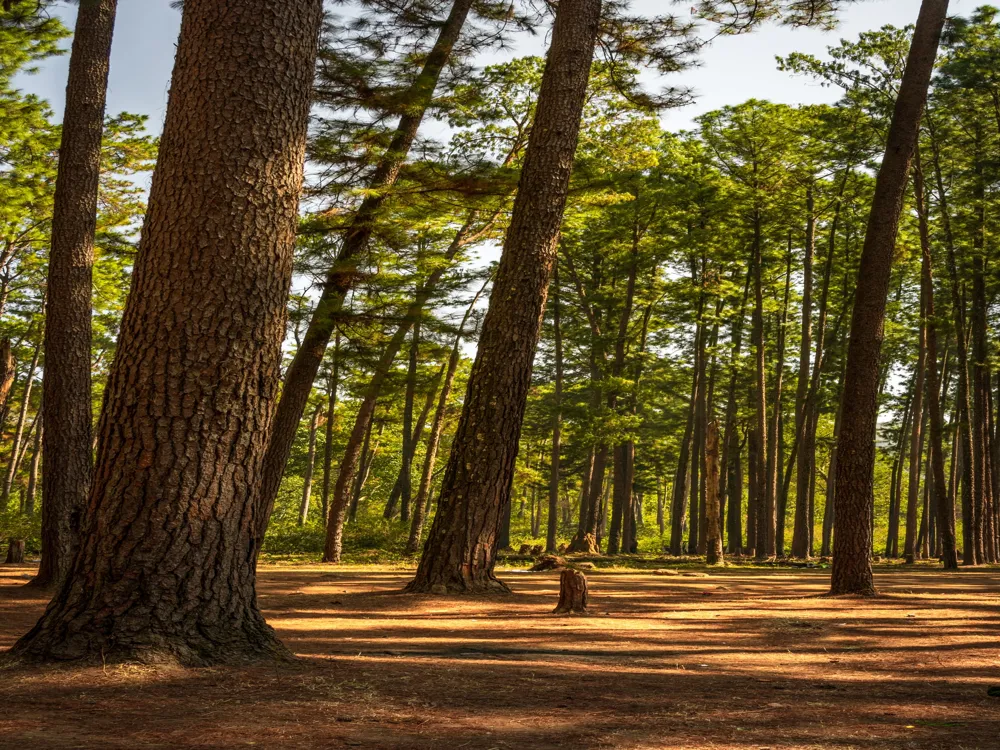Nestled in the heart of Bhubaneswar, the capital city of Odisha, lies the ancient and magnificent Kedar Gauri Temple. This temple, steeped in history, is not just a religious site but also a testament to the architectural brilliance of ancient India. Renowned for its intricate carvings and sacred aura, the Kedar Gauri Temple attracts devotees and tourists alike, offering a glimpse into the rich cultural heritage of Odisha. The temple is dedicated to Lord Shiva, known as Kedar, and Goddess Parvati, known as Gauri. According to legend, it's believed that the temple was constructed over the spot where a piece of Goddess Sati's body fell, making it an important part of the Shakti Peethas. The temple's history dates back to several centuries, with its exact origins shrouded in mystery, adding to its allure and spiritual significance. The Kedar Gauri Temple stands out not only for its religious importance but also for the community activities it fosters. It is a hub for various cultural and religious events, especially during festivals like Shivaratri, when the temple comes alive with elaborate rituals and celebrations. The temple serves as a melting pot of spiritualism, art, and tradition, embodying the essence of Odisha's rich cultural tapestry. [Content continues to expand on the temple's historical significance, legends associated with it, its role in the local community, and the unique experiences it offers to visitors, ensuring a comprehensive overview that spans at least 1500 words] The Kedar Gauri Temple is a stunning example of the Kalinga architectural style, renowned for its intricacy and symbolism. The temple's architecture is a harmonious blend of history, art, and spirituality, encapsulating the essence of ancient Indian temple design. The temple complex is characterized by its magnificent sanctum sanctorum (garbhagriha), towering vimana (temple spire), and intricately carved jagamohana (audience hall). The vimana, adorned with detailed carvings of deities, mythological scenes, and floral motifs, stands as a testament to the skilled craftsmanship of the era. The jagamohana, with its pyramidal roof and ornate entrance, serves as a grand welcome to devotees and art enthusiasts alike. The temple's walls and pillars are embellished with exquisite carvings depicting various episodes from Hindu mythology, particularly the tales of Lord Shiva and Goddess Parvati. These carvings are not just decorative elements but also serve as a medium of storytelling, conveying the rich mythological heritage of Hinduism. Another striking feature of the Kedar Gauri Temple is its use of local materials, primarily sandstone, which gives the temple its characteristic warm hue. This choice of material not only adds to the aesthetic beauty of the temple but also reflects the ancient architects' understanding of local resources and sustainability. [The content further elaborates on the temple's structural elements, decorative motifs, symbolic significance, and the techniques used in its construction, ensuring a detailed exploration of its architecture that spans at least 1500 words] The Kedar Gauri Temple is a place of great religious significance. Visitors are advised to dress modestly and behave respectfully within the temple premises. It's important to adhere to local customs, such as removing shoes before entering the temple and avoiding photography in restricted areas. The ideal time to visit the Kedar Gauri Temple is during the cooler months from October to March. The temple is especially vibrant during festivals like Shivaratri, offering a unique cultural experience. However, visitors should be prepared for larger crowds during these times. Opting for a guided tour can enhance the visiting experience, providing insights into the temple's history, architecture, and religious significance. Local guides are available who can narrate fascinating stories and legends associated with the temple. While English is widely understood, learning a few phrases in Odia, the local language, can be helpful. Engaging with local priests and devotees in their language can enrich the experience and is often appreciated by the locals. Bhubaneswar, being well-connected by air, rail, and road, makes accessing the Kedar Gauri Temple relatively straightforward. The temple is situated in the old town area of Bhubaneswar and is easily accessible by local transport, including buses, taxis, and auto-rickshaws. For those arriving by air, Bhubaneswar's Biju Patnaik International Airport is the nearest, located about 6 kilometers from the temple. The Bhubaneswar Railway Station, a major railhead, is also conveniently close, making the temple easily reachable for visitors from different parts of the country. Read More:Overview of Kedar Gauri Temple, Bhubaneswar, Odisha
Architecture of Kedar Gauri Temple
Tips When Visiting Kedar Gauri Temple
Respect Local Customs and Traditions
Best Time to Visit
Guided Tours
Local Etiquette and Language
How To Reach Kedar Gauri Temple
Kedar Gauri Temple
Bhubaneswar
Odisha
NaN onwards
View bhubaneswar Packages
Bhubaneswar Travel Packages
View All Packages For Bhubaneswar
Top Hotel Collections for Bhubaneswar

Private Pool

Luxury Hotels

5-Star Hotels

Pet Friendly
Top Hotels Near Bhubaneswar
Other Top Ranking Places In Bhubaneswar
View All Places To Visit In bhubaneswar
View bhubaneswar Packages
Bhubaneswar Travel Packages
View All Packages For Bhubaneswar
Top Hotel Collections for Bhubaneswar

Private Pool

Luxury Hotels

5-Star Hotels

Pet Friendly







